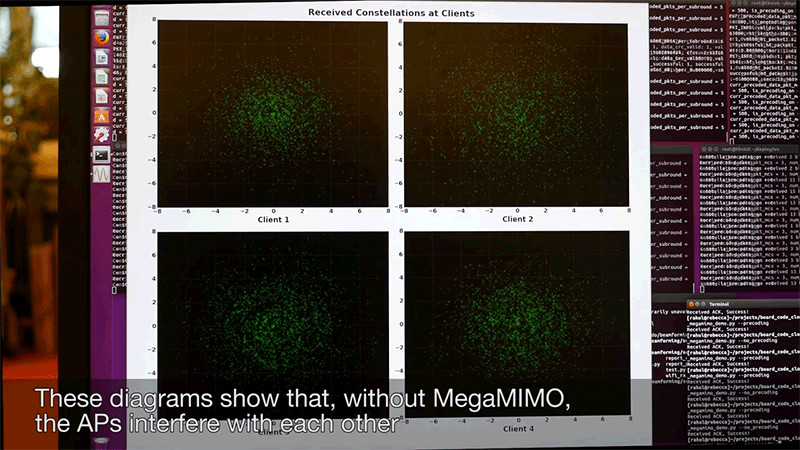-
Tips for becoming a good boxer - November 6, 2020
-
7 expert tips for making your hens night a memorable one - November 6, 2020
-
5 reasons to host your Christmas party on a cruise boat - November 6, 2020
-
What to do when you’re charged with a crime - November 6, 2020
-
Should you get one or multiple dogs? Here’s all you need to know - November 3, 2020
-
A Guide: How to Build Your Very Own Magic Mirror - February 14, 2019
-
Our Top Inspirational Baseball Stars - November 24, 2018
-
Five Tech Tools That Will Help You Turn Your Blog into a Business - November 24, 2018
-
How to Indulge on Vacation without Expanding Your Waist - November 9, 2018
-
5 Strategies for Businesses to Appeal to Today’s Increasingly Mobile-Crazed Customers - November 9, 2018
MIT scientists think they can make your WiFi 10x faster
Wireless devices can still overload a certain part of the spectrum and the addition of more Wi-Fi extenders in a place will not resolve that problem. Radio waves bounce off surfaces and therefore arrive at the receivers at slightly different times; devices with multiple receivers, then, are able to combine the various streams to transmit data much faster.
Advertisement
Researchers have come up with a new Wi-Fi system that dramatically speeds up data transfer on congested networks. But this fix only goes so far, as each new access point creates a level of interference on the network that can also slow down data transfer. They found that MegaMIMO 2.0 boosted data transfers 330 percent when compared to conventional Wi-Fi. “The answer is to have all those access points work with each other simultaneously to efficiently use the available spectrum”.
And that’s what MegaMIMO 2.0 is created to do.
Their “MegaMIMO” system uses an algorithm to let multiple routers share the same part of the spectrum.
MegaMIMO 2.0 is a distributed MIMO system that coordinates the activity of access points (wireless routers, for example) so that signals are not sent over the same frequency at the same time.
MegaMIMO 2.0 builds upon a technology called multiple-input multiple-output (MIMO), which virtually all wireless devices use – it enables smartphones and other devices to receive multiple signals from multiple transmitters.
In a video describing the technology, the researchers at the Boston-area university – Ezzeldin Hamed, Hariharan Rahul, Mohammed Abdelghany and Dina Katabi – placed four notebook computers in a single conference room and tested the technique over regular 802.11a, 802.11g, and 802.11n wireless networking protocols.
Heartfelt gratitude to the researchers at MIT who have been working together on this project called MegaMIMO 2.0 that will provide a suitable solution to overcome this signal interference problem.
Thanks to the team’s MegaMIMO 2.0 algorithm, that’s no longer a problem.
As the Fast Company explains it, slow Wi-Fi connection is similar to how the night sky is clearer in the countryside than it is in crowded cities where bright lights from cars, buildings and street lamps obscure the stars.
Advertisement
While MIMO is not a new concept, this is the first time that researchers have successfully developed a system for distributed MIMO that works in real time, to bounce a user from one router to another within the same network.





























